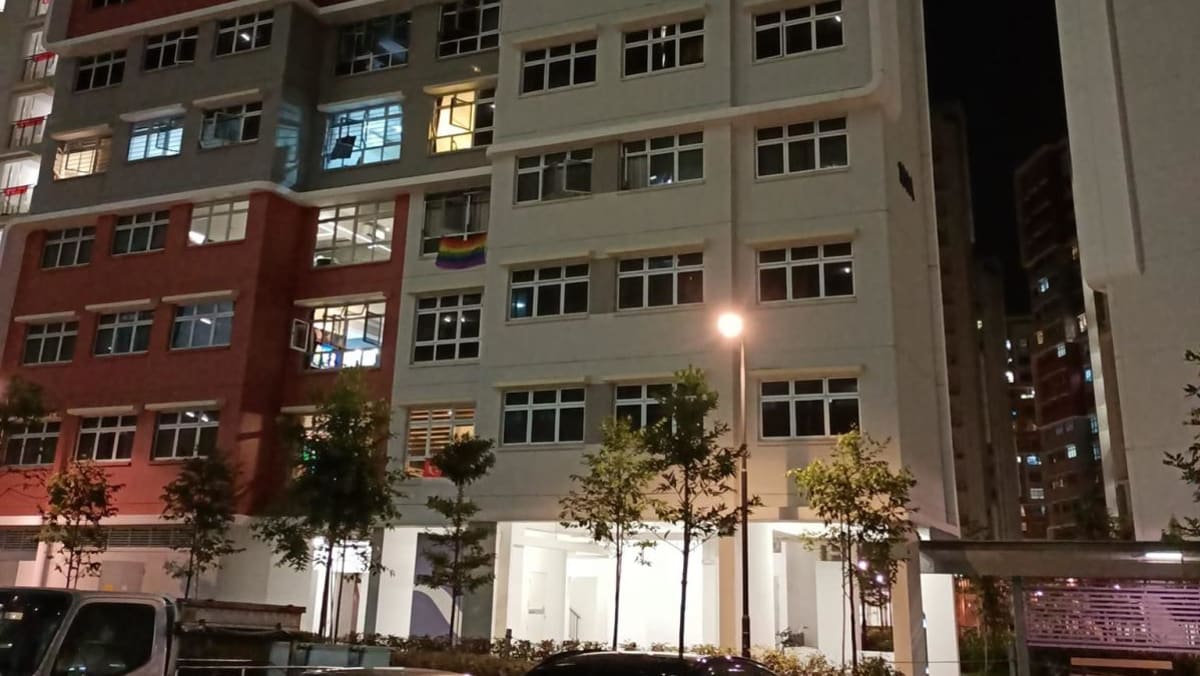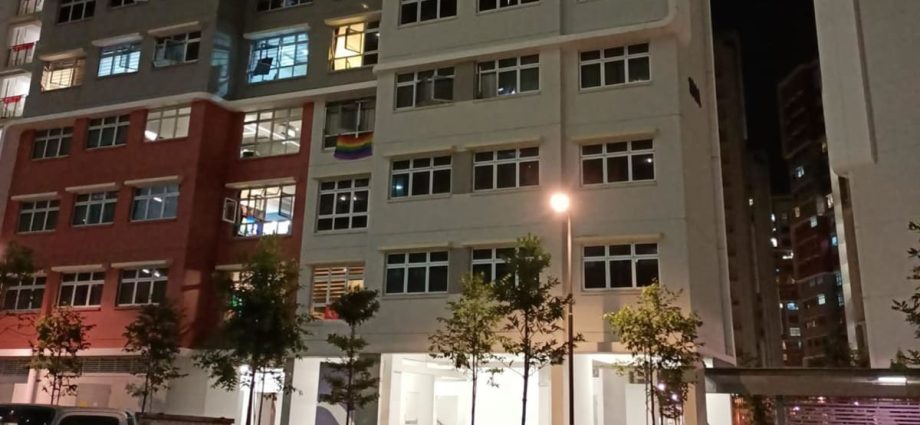
Lawyers approached by CNA noted that there are restrictions on displaying national emblems, communist symbols and advertisements – but not specifically on pride flags.
Flags with illegal material are obviously restricted as well, including those that contain incitement to violence, obscene material or those that promote enmity between different groups on the grounds of race.
People are also not allowed to display the flags of other countries in public, in accordance with the National Emblems (Control of Display) Act.
The definition of “foreign national emblem” under the Act also covers “the flag, banner or other emblem of any political organisation claiming to be a national movement in any state”, as well as “any likeness or resemblance however reproduced of any national leader or former national leader of any state or the leader or former leader of any such political organisation”, said Mr Ng Yuan Siang from Eugene Thuraisingam LLP.
From this, the Act does not cover pride flags and appears to be mainly concerned with emblems related to foreign national movements, Mr Ng added.
However, Mr Cory Wong from Invictus Law Corporation gave a differing opinion that the pride flag could be covered under the Act.
“There are numerous political organisations championing the pride movement in various countries worldwide, and it may not matter which specific political organisation is being singled out exactly,” he noted.
LOCATION COULD MATTER
Mr Ng said the location in which a flag has been placed “may also be material”.
He added that for example, displaying a flag may breach a condominium’s by-laws, which are stipulations residents need to abide by and that vary from condo to condo.
Separately, in 2021, the police said they were investigating a teenager who allegedly removed a pride flag hung outside a woman’s ground-floor HDB flat along Hougang Street 52 on two occasions.
At the time, AsiaOne reported that the police showed up at her home after receiving a complaint about the flag.
The police said they had acted according to procedure by responding to the unit to assess the nature of the flag, the purpose of its display and whether the flag displayed any national emblems.
A police officer then advised her that she could consider removing the flag, considering that it was displayed in a prominent manner and prone to acts of mischief since it was on the ground floor.
LAWS ON OTHER TYPES OF FLAGS
Aside from this, the lawyers pointed out other restrictions for flags of social or political movements which are unrelated to foreign national movements.
For example, the Internal Security (Prohibition of Emblems) Order restricts the display of a communist logo in a manner that is intended or likely to be used in a manner prejudicial to the interests of Singapore, or is against peace, welfare or good order in Singapore, said Ms Carol Yuen from Remy Choo Chambers.
Mr Ng pointed out that specifically, these statutes prohibit the manufacture, sale, use, display or possession of any emblem or device in the form of a five-pointed red star or a hammer and sickle – both symbols historically associated with communism.
Under the Societies Act, if the movement has taken the form of a registered society in Singapore, the society cannot use any flag unless they have written consent from the Registrar or Assistant Registrar of Societies, added Mr Ng.
Ms Yuen said that the Building Control (Outdoor Advertising) Regulations prohibit the display of an advertisement or signboard without a licence, but those respectively relate to visual devices which promote goods, services or events and which identify a place or person.
In terms of how the Singapore flag should be displayed, Ms Yuen noted that the National Symbols Act and Regulations stipulate that a person who knowingly does an act disrespectful to the national flag, including allowing it to touch the ground, is breaking the law.
In public, national flags can only be flown from a flag pole and must not be flown at night, unless it is the National Day period or a period designated by the Ministry of Culture, Community and Youth – for example, when there is a sporting achievement.

